Vote Now! The Top Space Stories of the Week - Feb. 19, 2012
NASA's Future, a Robot Handshake & More
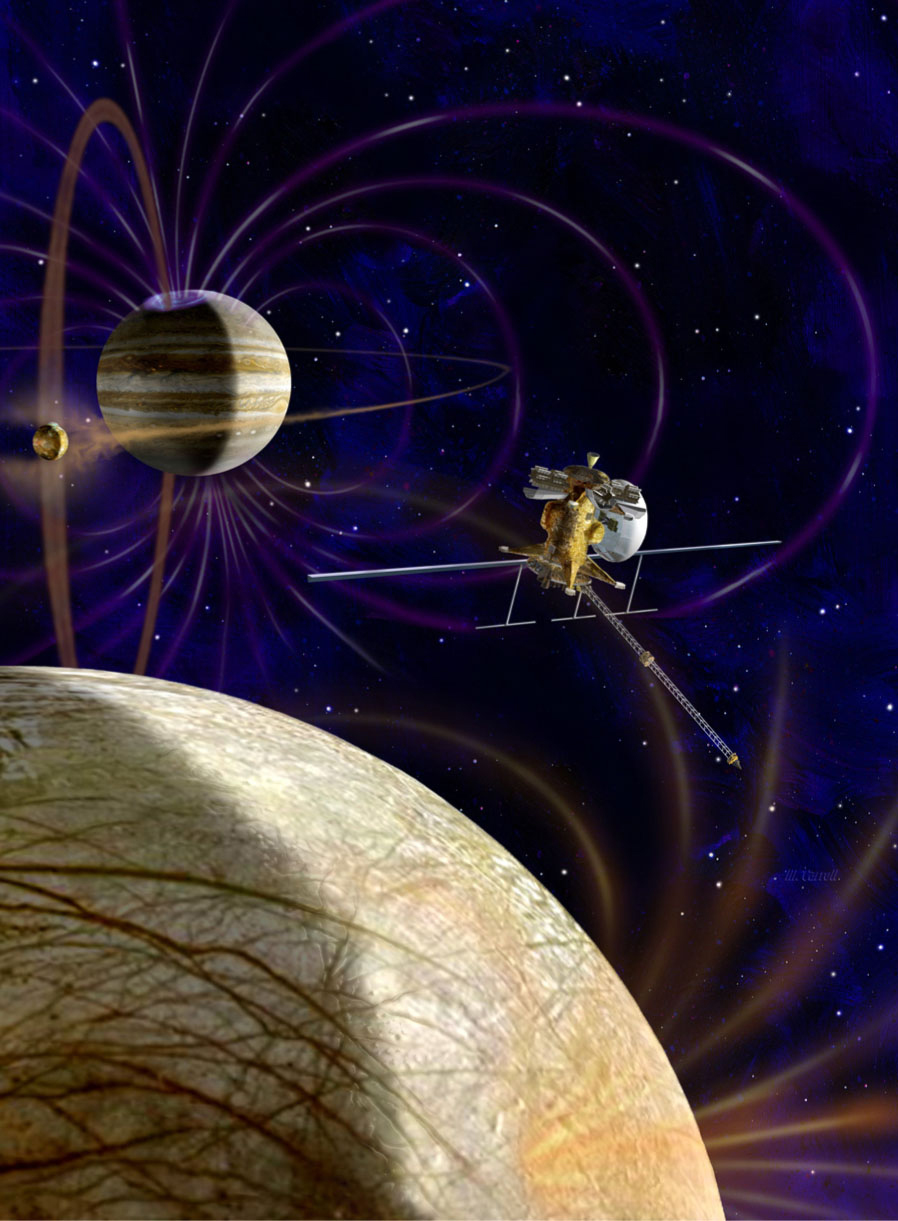
With the launch of a brand new rocket, NASA's 2013 budget unveiling and the first human-robot handshake in space, it's been a busy week for spaceflight and astronomy.
Take a look at the top stories of the last seven days and vote for your favorite!
FIRST STOP: Antarctica's Lake Vostok a Test Case for Jupiter's Moon Europa
Antarctica's Lake Vostok a Test Case for Jupiter's Moon Europa

Russian scientists in Antarctica have reached a lake that's been buried in ice for more than 14 million years — a milestone that could provide hints of what to expect when the ocean under the icy crust of Jupiter's moon, Europa, is similarly explored. [Full Story]
NEXT: 2013 NASA Budget Request Shifts Funds Away from Mars
2013 NASA Budget Request Shifts Funds from Mars
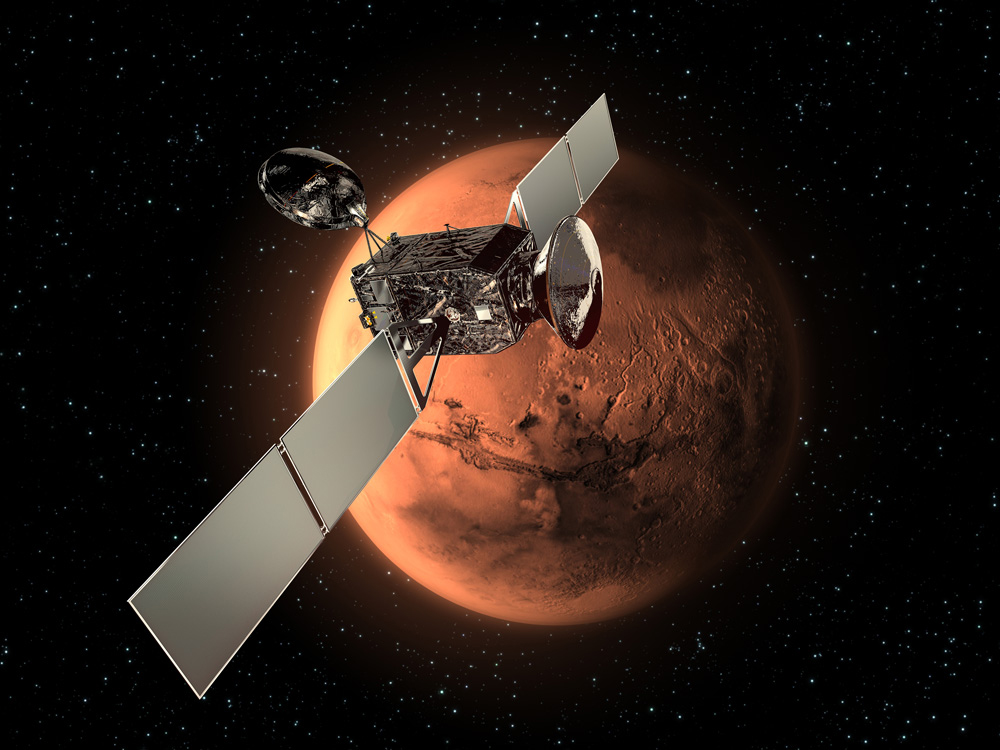
The proposed 2013 federal budget unveiled by President Barack Obama today (Feb. 13) keeps NASA funding relatively flat next year, but bites deep into the agency's robotic Mars mission coffers while shifting new funds to human exploration and space technology.According to the White House's 2013 budget request, NASA would receive about $17.7 billion for next year — $59 million less than the space agency got for 2012.However, NASA's planetary science efforts would suffer a 20 percent cut next year, with the president allocating just $1.2 billion for unmanned missions to Mars and other solar system bodies. Meanwhile, funding for human exploration and commercial spaceflight would rise nearly 6 percent, to $3.93 billion, and space technology would get a 22 percent bump, to $699 million. [Full Story]
NEXT: Europe Launches New Vega Rocket on Maiden Voyage
Europe Launches New Vega Rocket on Maiden Voyage Europe Laun
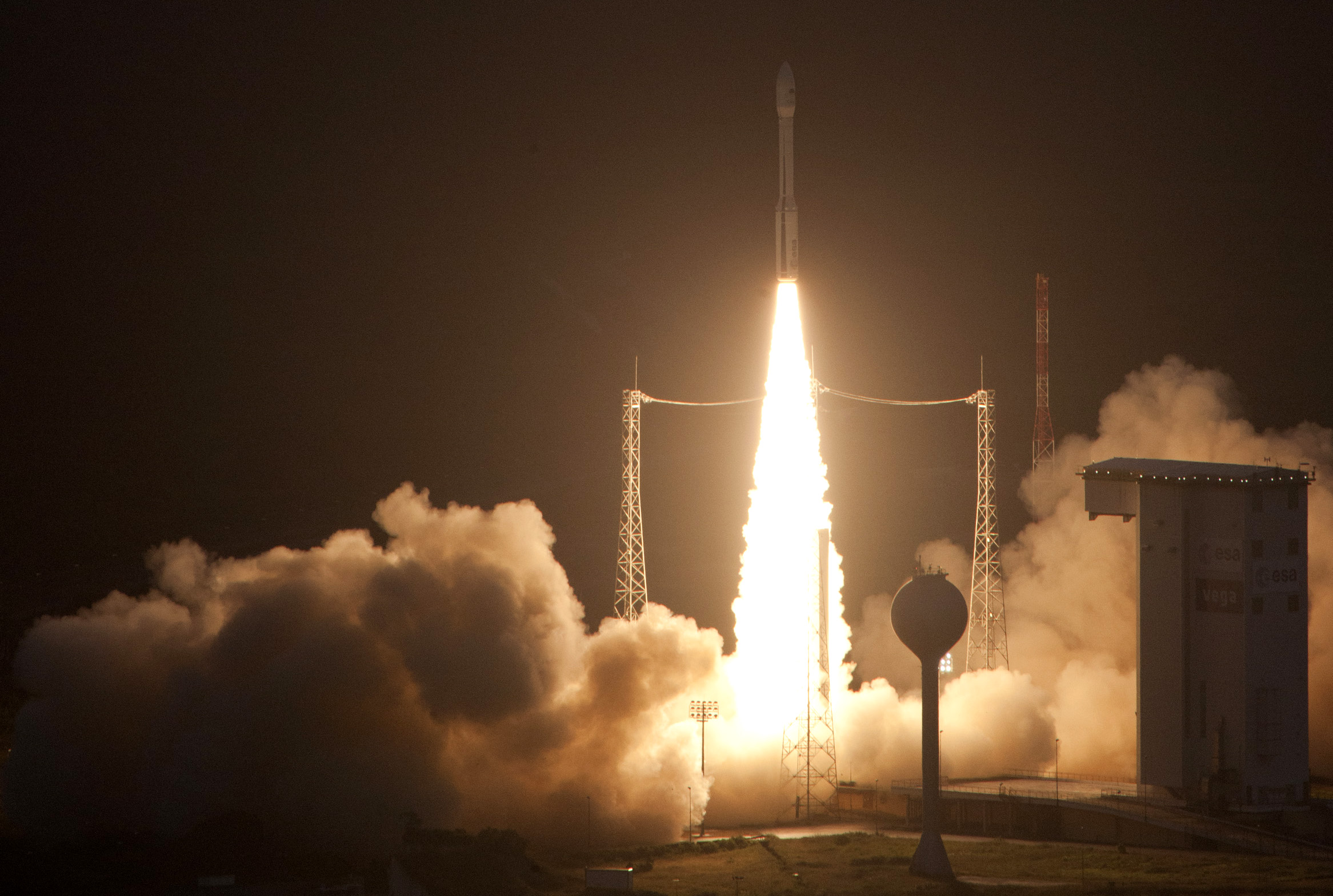
A brand-new rocket soared into space early Monday (Feb. 13) in a launch debut that carried nine small satellites and the hopes of the European Space Agency all the way into orbit.
The space agency's new Vega rocket, which is designed to launch small satellites, blasted off from the Guiana Space Center in Kourou, French Guiana, on the northern Atlantic coast of South America and reached orbit minutes later. Liftoff occurred at 5 a.m. ET (1000 GMT). [Full Story]
NEXT: NASA Shelves Ambitious Flagship Missions to Other Planets
NASA Shelves Ambitious Flagship Missions to Other Planets

The White House's budget request for 2013, which was released Monday (Feb. 13), keeps overall NASA funding flat but allocates just $1.2 billion to the space agency's planetary science program. That's a 20 percent cut from the current allotment of $1.5 billion, and further reductions are expected over the next several years.
NASA officials say this funding picture leaves no room for multibillion-dollar "flagship" planetary missions — a departure for the space agency, which has launched roughly one such effort per decade since the 1970s. Those missions include the Cassini spacecraft's study of the Saturn system and the so-called Grand Tour of the solar system by the twin Voyager spacecraft. [Full Story]
NEXT: Cosmic Echo of Rare Star Eruption Sparks Space Mystery
Cosmic Echo of Rare Star Eruption Sparks Space Mystery
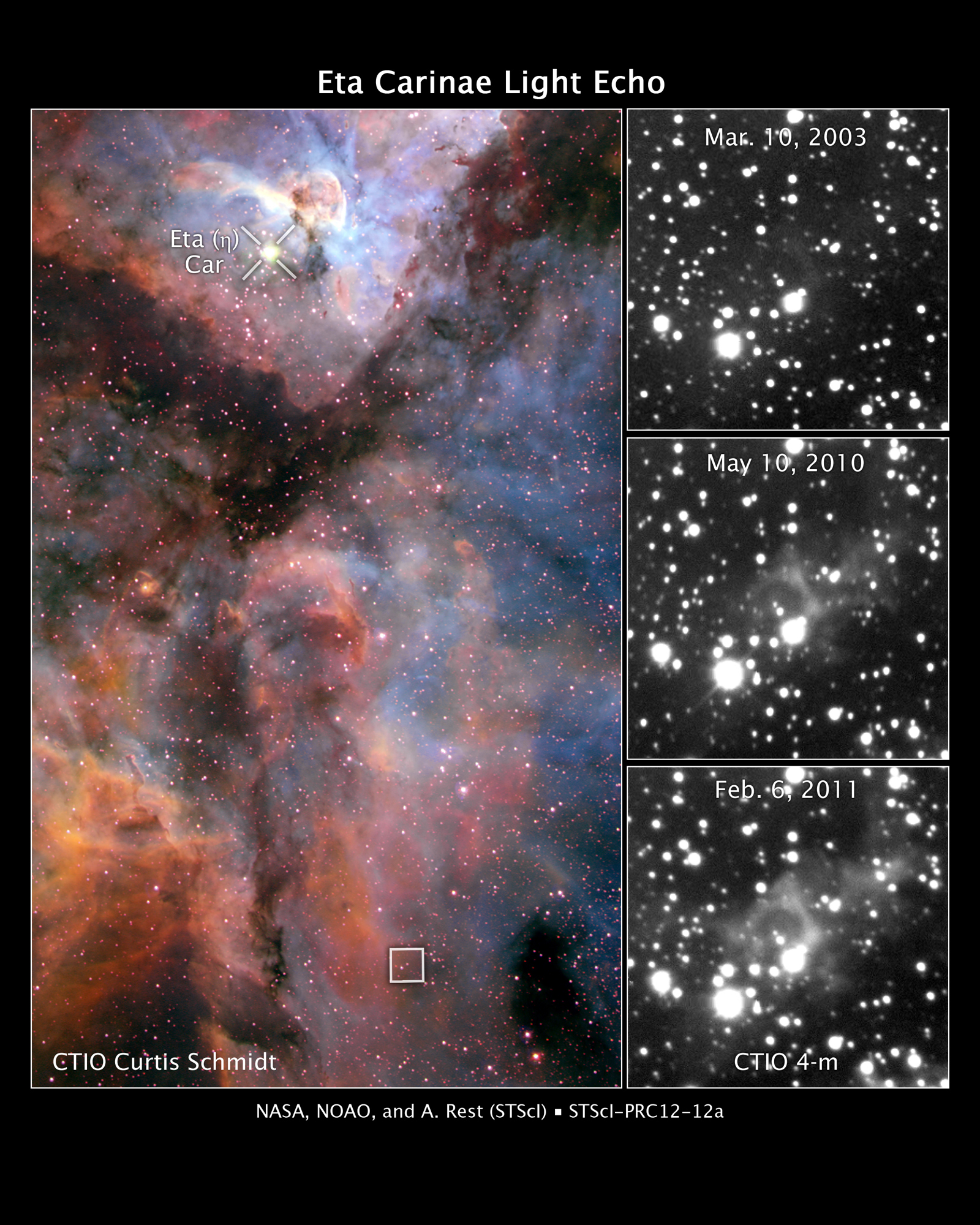
An explosion in space first seen in the 19th century was apparently colder than before thought, throwing a new mystery into what may have triggered it, researchers say.
The cosmic eruption came from Eta Carinae, a star about 7,500 light-years away from Earth that is one of the most massive stars in our Milky Way galaxy. It blazed into ultra-brightness in 1838, becoming the second-brightest star in the sky for 10 years in a rare celestial outburst later dubbed the "Great Eruption." The star later dimmed, and is now not even in the top 100 list of brightest stars. [Full Story]
NEXT: Switzerland Plans 'Janitor Satellite' to Clean Up Space Junk
Switzerland Plans 'Janitor Satellite' to Clean Up Space Junk
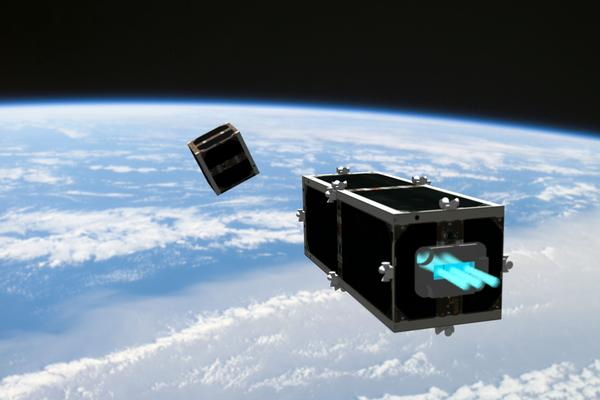
To combat the growing headache of space debris, Swiss scientists and engineers have come up with a solution: CleanSpace One, a project to build the first in a family of so-called "janitor satellites" that will help clean up space. The prototype space junk cleaner will be a rectangular satellite nearly 12 inches (30 centimeters) long and about 4 inches (10 cm) tall and wide. [Full Story]
NEXT: Best of Toy Fair 2012: SPACE.com's Space Age Awards Winners
Best of Toy Fair 2012: SPACE.com's Space Age Awards Winners
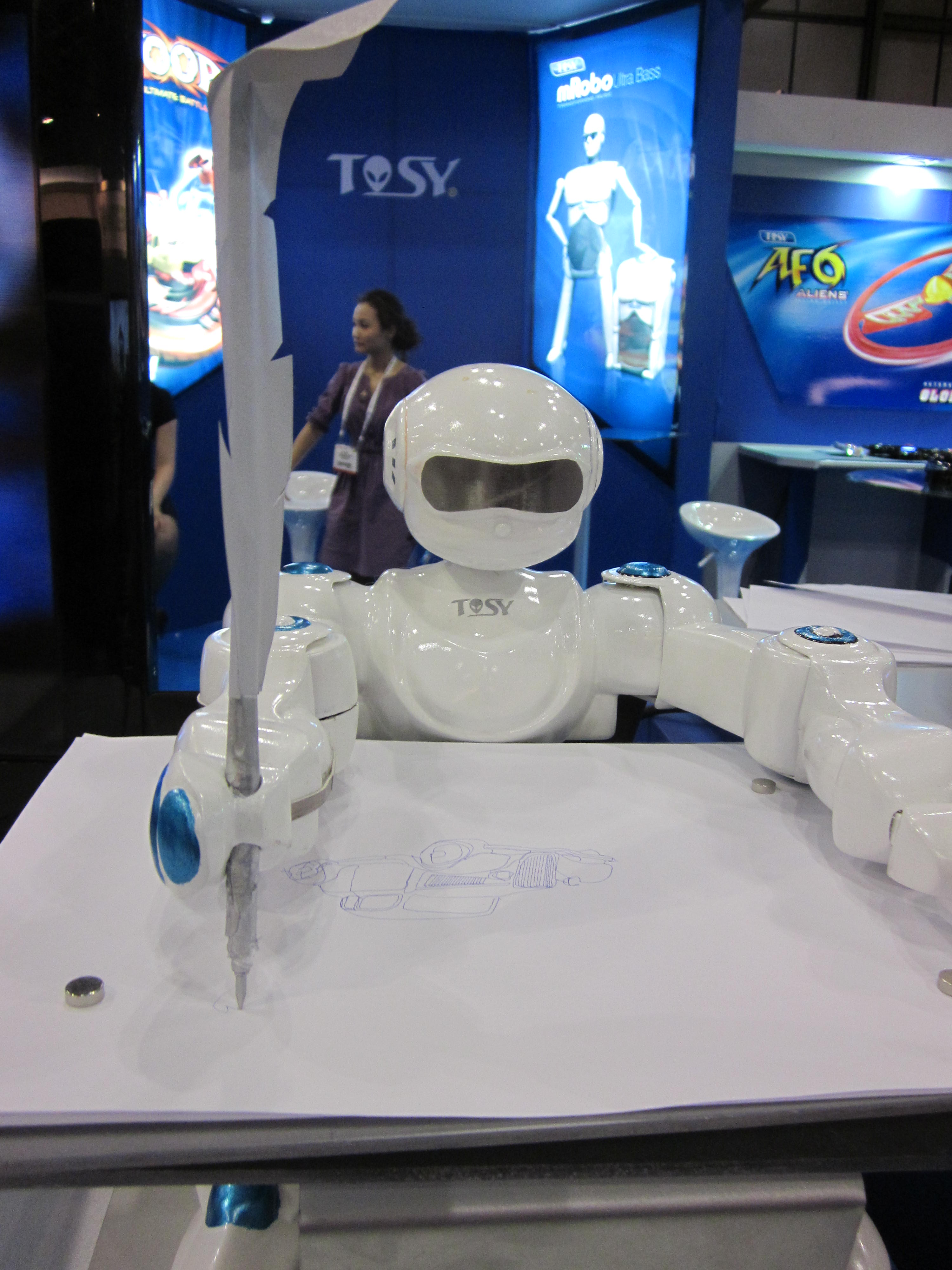
From drawing robots to stuffed spaceships, the latest in cutting-edge (and just plain cool) toys were on display here at the 109th American International Toy Fair, which concluded today (Feb. 15).SPACE.com was at the Jacob Javits Center, scouring Toy Fair for innovative and fun products to honor with the inaugural SPACE.com Space Age Toy Awards. We selected five finalists, and one winner, in each of five categories: Cosmic Space, Little Scientists, High-Tech Toys, Retro Future and Do-it-Yourself Science. [Full Story]
NEXT: Space Robot Shakes Astronaut's Hand, Signs 'Hello'
Space Robot Shakes Astronaut's Hand, Signs 'Hello'
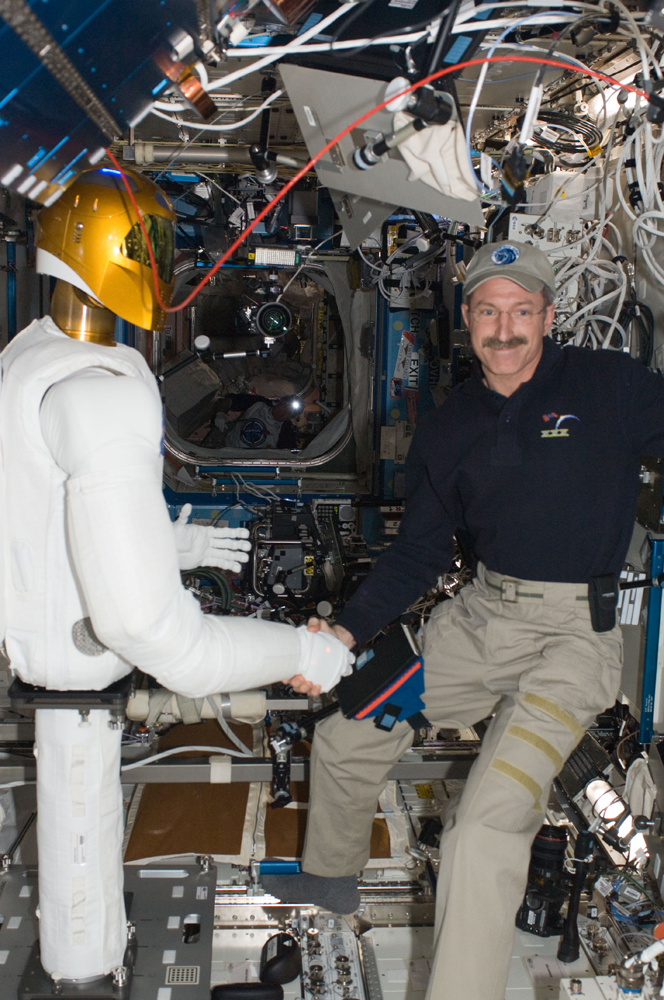
A NASA robot built to ease the daily lives of astronauts in space greeted its human commander with a hearty handshake Wednesday (Feb. 15), along with a silent message: "Hello, World."
The historic handshake between man and machine —a first in space —was shared between NASA's humanoid robot, named Robonaut 2, and American astronaut Daniel Burbank on the International Space Station. [Full Story]
NEXT: Private Xombie Rocket Aces NASA Landing Test
Private Xombie Rocket Aces NASA Landing Test
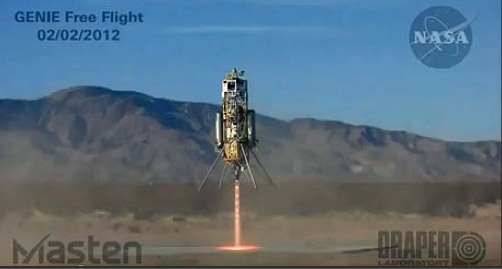
A private suborbital rocket passed a landing test for NASA with flying colors this month in a succesful trial run of technology that could help future spacecraft touch down on other planets or moons.
On Feb. 2, Masten Space Systems' Xombie rocket rose 164 feet (50 meters) off a launch pad in the California desert, moved sideways the same distance, and then landed softly on another pad. The entire flight lasted just 67 seconds. [Full Story]
NEXT: Cosmonauts Move Space Station Crane in 6-Hour Spacewalk
Cosmonauts Move Space Station Crane in 6-Hour Spacewalk
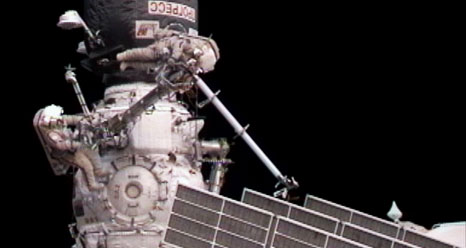
Two spacewalking cosmonauts moved a bulky zero-gravity crane to a new home on the International Space Station Thursday (Feb. 16), but ran out of time before they could beef up the orbiting lab's armor against space junk.
Russian spaceflyers Oleg Kononenko and Anton Shkaplerov spent more than six hours working outside the space station during the spacewalk. Their main goal was to move a space construction crane, called Strela, from the Pirs docking port on the bottom of the space station to a rooftop module called Poisk. [Full Story]
NEXT: Ancient Rocks Suggest Early Earth Was Motley Mix
Join our Space Forums to keep talking space on the latest missions, night sky and more! And if you have a news tip, correction or comment, let us know at: community@space.com.
Get the Space.com Newsletter
Breaking space news, the latest updates on rocket launches, skywatching events and more!

Space.com is the premier source of space exploration, innovation and astronomy news, chronicling (and celebrating) humanity's ongoing expansion across the final frontier. Originally founded in 1999, Space.com is, and always has been, the passion of writers and editors who are space fans and also trained journalists. Our current news team consists of Editor-in-Chief Tariq Malik; Editor Hanneke Weitering, Senior Space Writer Mike Wall; Senior Writer Meghan Bartels; Senior Writer Chelsea Gohd, Senior Writer Tereza Pultarova and Staff Writer Alexander Cox, focusing on e-commerce. Senior Producer Steve Spaleta oversees our space videos, with Diana Whitcroft as our Social Media Editor.
